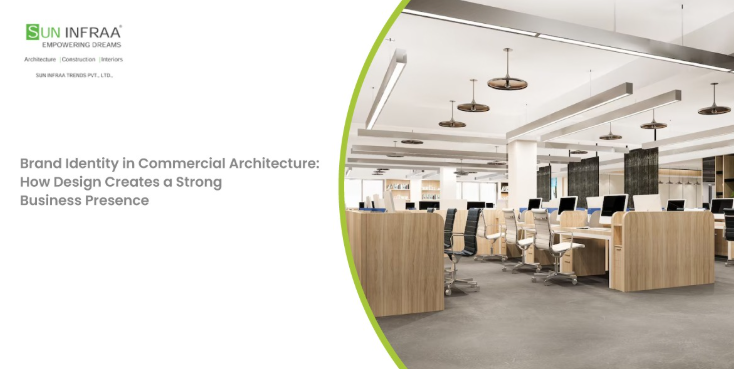Brand Identity in Commercial Architecture: How Design Creates a Strong Business Presence
In today’s competitive business world, making a strong first impression is crucial. One of the most effective ways to achieve this is through architectural design. Commercial architecture plays a vital role in shaping a brand’s identity and establishing a memorable presence. The way a business space is designed can significantly impact how customers perceive the brand and interact with it.
The Power of First Impressions
When customers walk into a commercial space, the architecture speaks volumes even before any words are exchanged. The choice of materials, color schemes, layout, and aesthetics creates an immediate impact. A well-designed building reflects professionalism, reliability, and a commitment to quality. In contrast, poorly planned architecture may leave customers feeling underwhelmed or confused.
Therefore, designing a commercial space with brand identity in mind ensures that customers form a positive connection with the business right from the start. It fosters trust and builds credibility, giving customers confidence in the brand’s offerings.
Reflecting Brand Values Through Design
Commercial architecture should align with the core values and vision of the brand. For example, a company that values innovation may opt for modern, sleek designs with futuristic elements. On the other hand, a brand that promotes sustainability might feature eco-friendly materials and green spaces.
Consistency in design elements such as logos, color schemes, and patterns reinforces brand identity. Whether it’s the reception area or meeting rooms, every part of the building should reflect the brand’s essence. This cohesive approach not only enhances visual appeal but also strengthens brand recognition.
Enhancing Customer Experience
A well-thought-out commercial design goes beyond aesthetics. It considers functionality, comfort, and the overall customer experience. For instance, spacious layouts and intuitive navigation make it easier for customers to move around and feel comfortable. Thoughtful lighting and well-placed seating areas create a welcoming atmosphere.
Design elements should also prioritize accessibility to accommodate customers with varying needs. This approach not only showcases a brand’s commitment to inclusivity but also leaves a positive impression on all visitors.
Building a Lasting Impression
A visually appealing and strategically designed commercial space remains etched in the minds of customers. People are naturally drawn to places that make them feel good, and they are more likely to return to a business that leaves a lasting positive impact.
Investing in architectural design is not just about constructing a building; it’s about crafting an experience. Brands that put thought into their commercial architecture tend to enjoy greater customer loyalty and long-term success.
Conclusion
In conclusion, brand identity in commercial architecture is more than just a visual concept. It’s an essential part of building a strong business presence that resonates with customers. By aligning design choices with brand values and prioritizing customer experience, businesses can create spaces that captivate and inspire.



